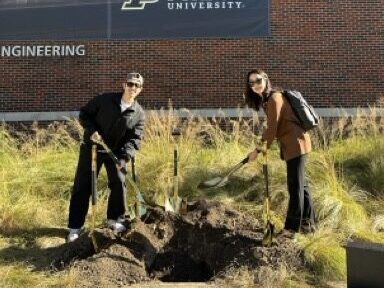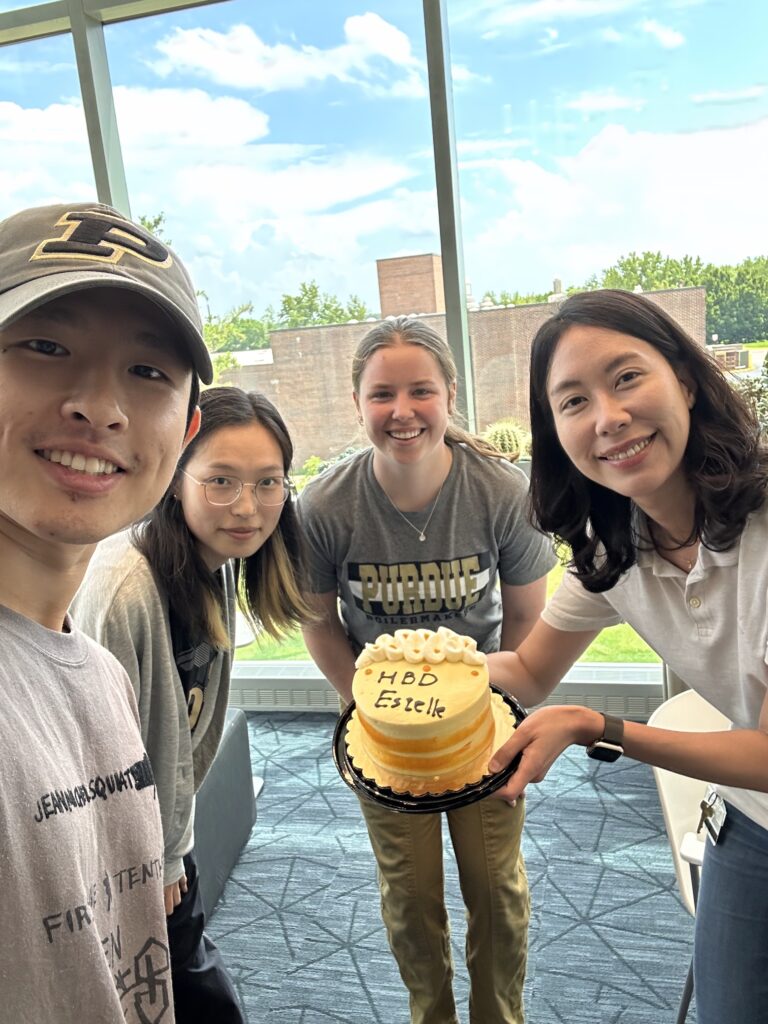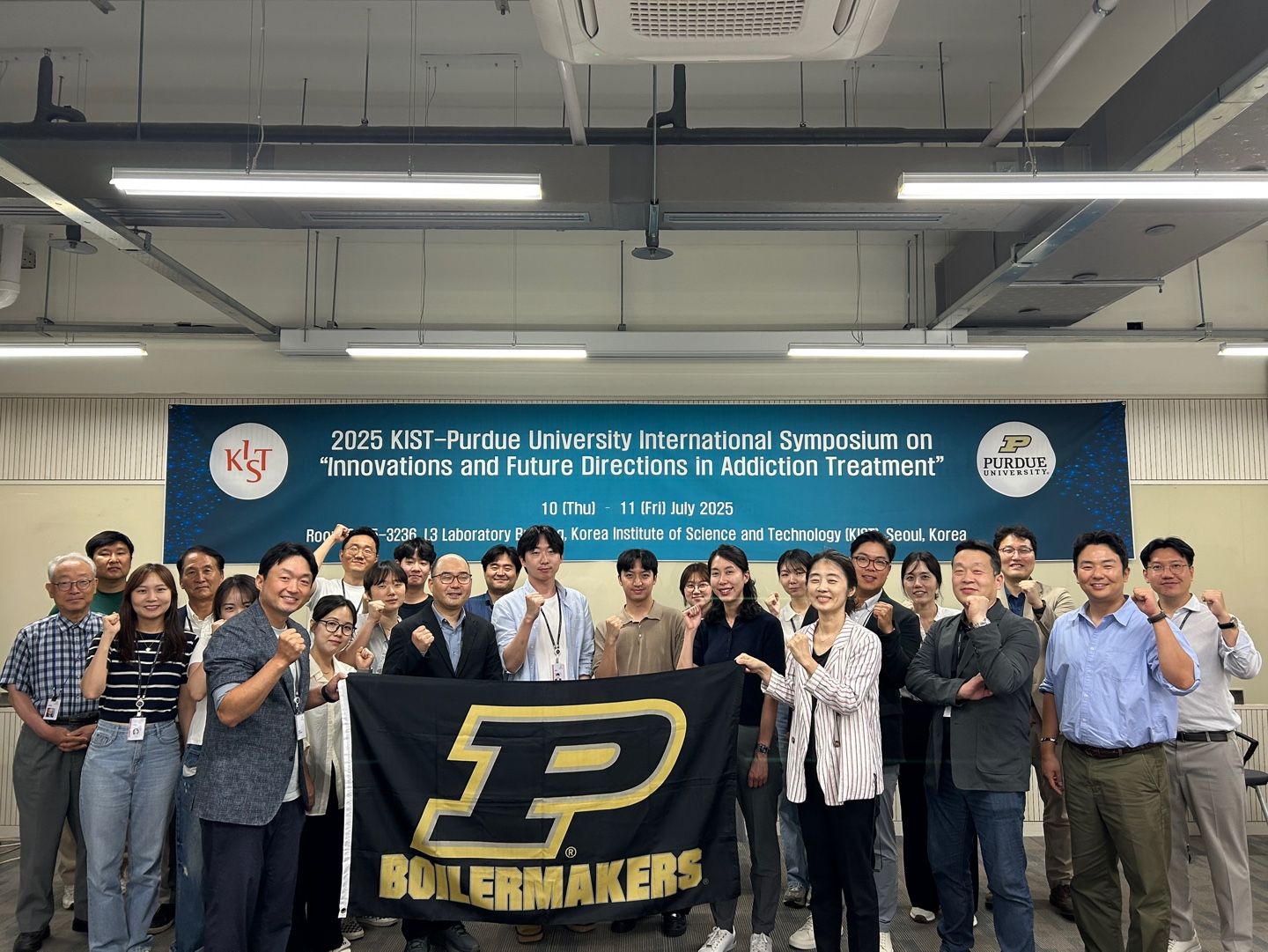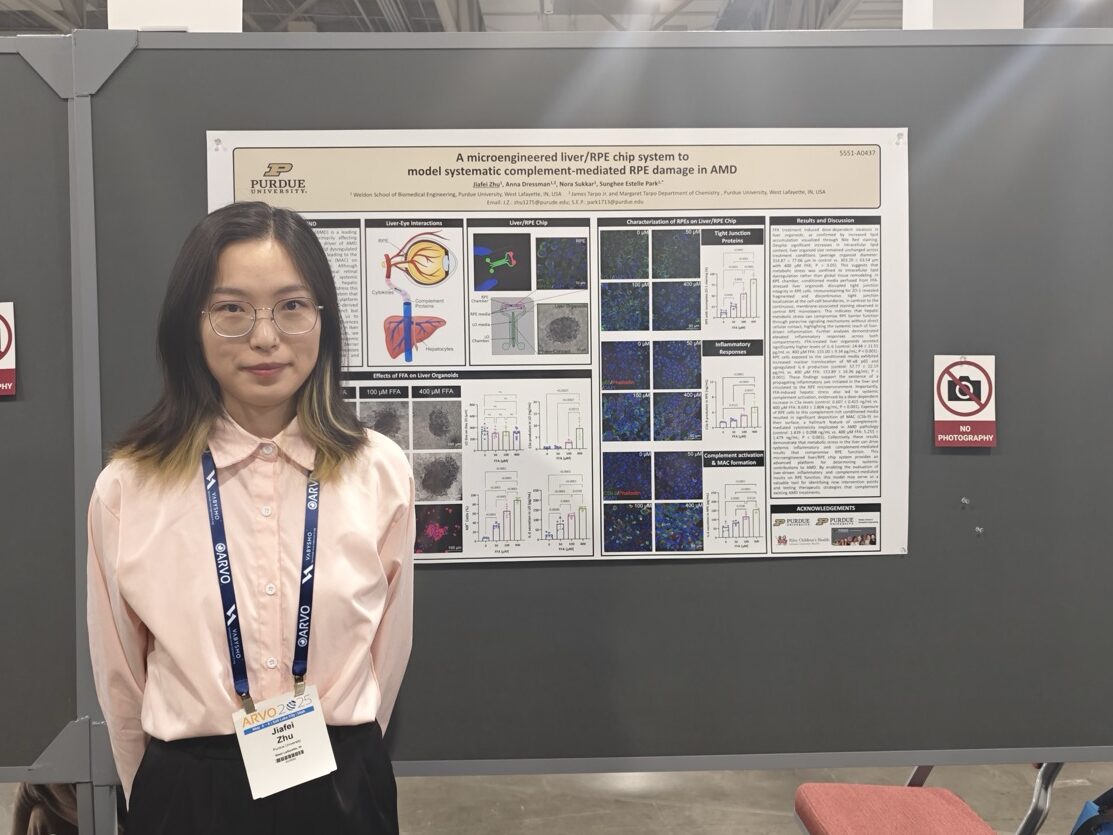Photo Gallery

What’s coming next?

What’s coming next?

09/13/2025 Jong-Keun’s assembloid chip was included in the Purdue Engineering time capsule to be opened in 2074!

08/15/2025 Excited to have Junhong join us!

07/30/2025 Congrats to Anna on her amazing poster presentation at the SURF Symposium!

07/24/2025 Celebrating Estelle’s Birthday 🎂

07/12/2025 Hanyang-Purdue Joint Symposium

07/11/2025 KIST-Purdue International Symposium on “Innovations and Future Directions in Addiction Treatment”
